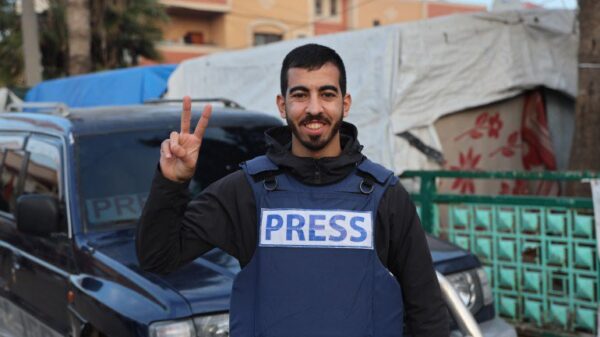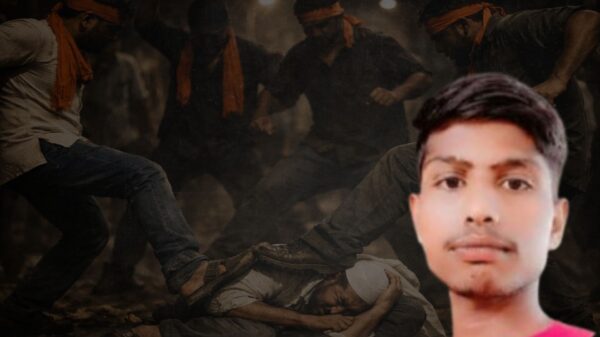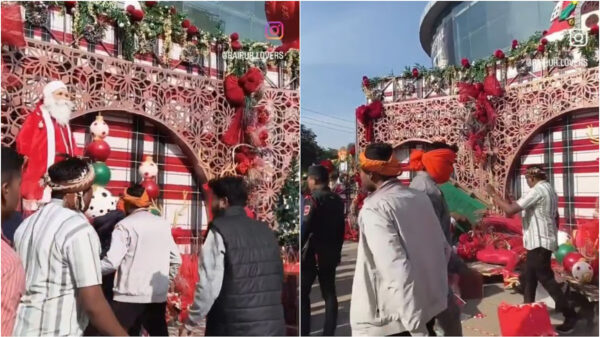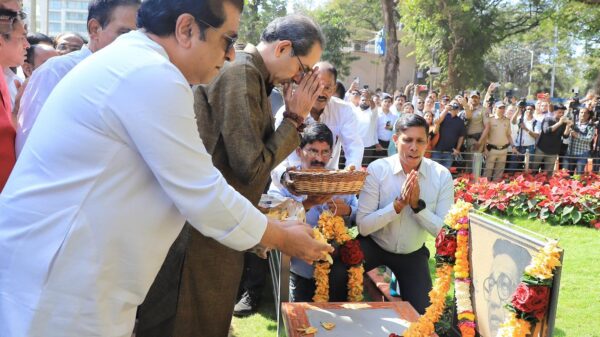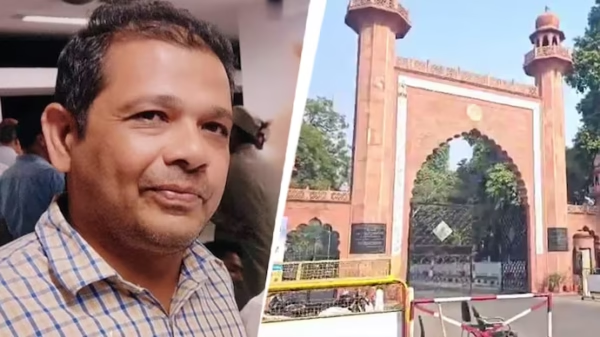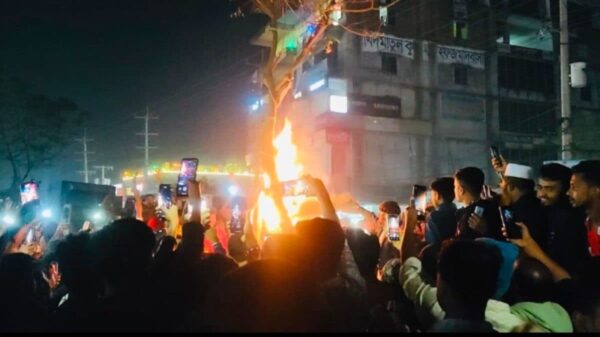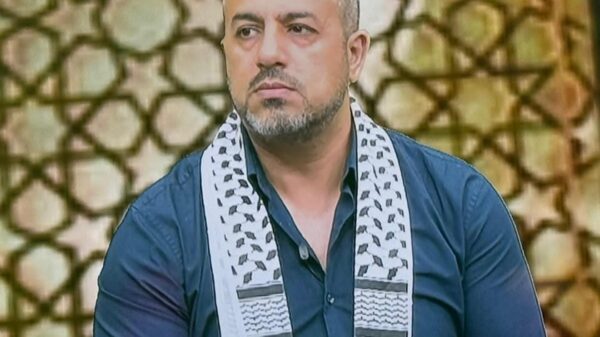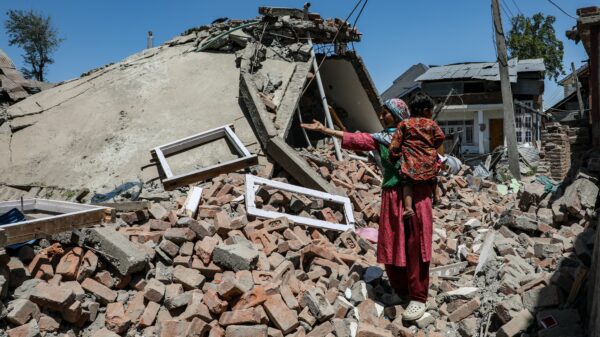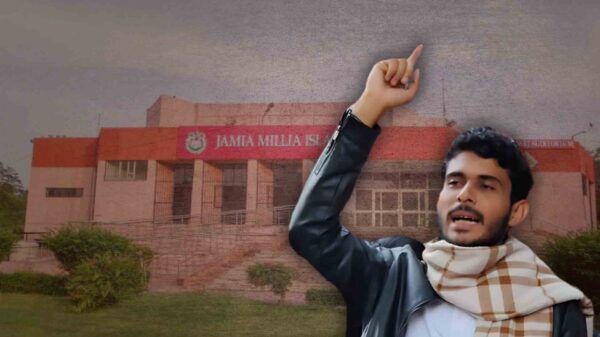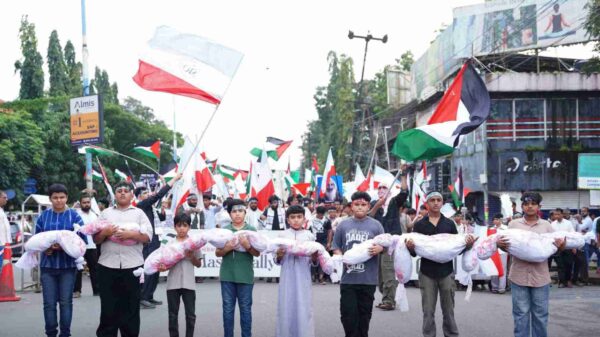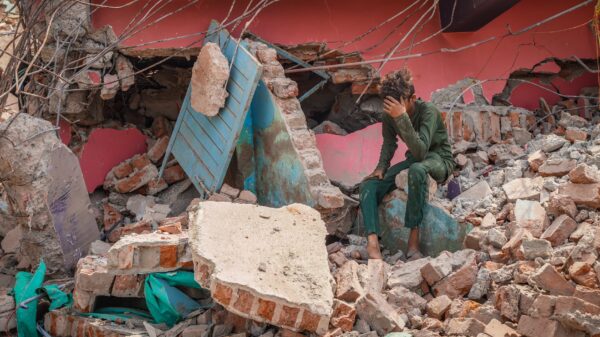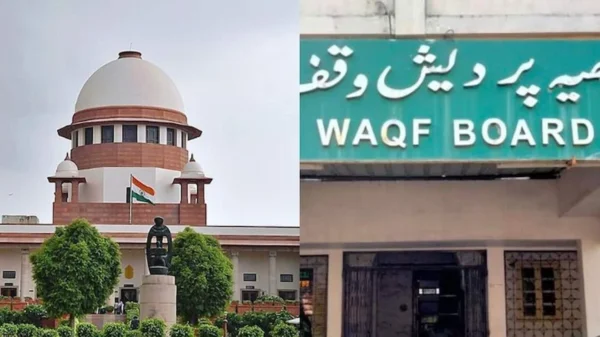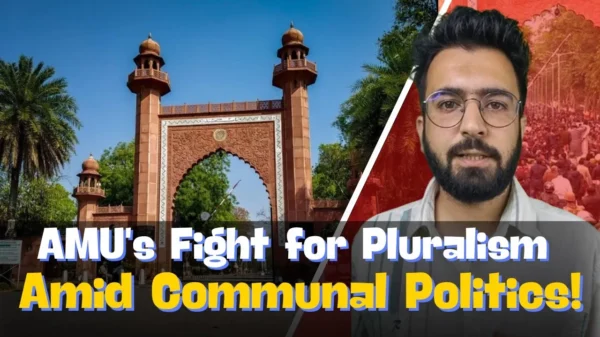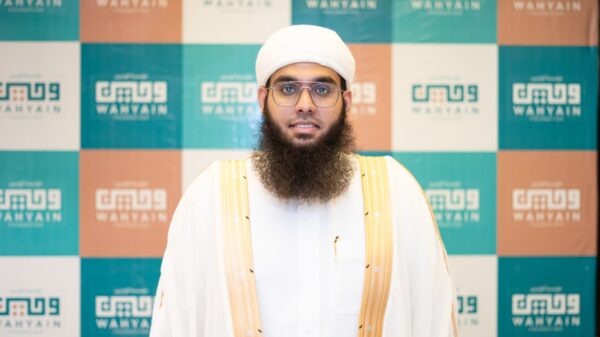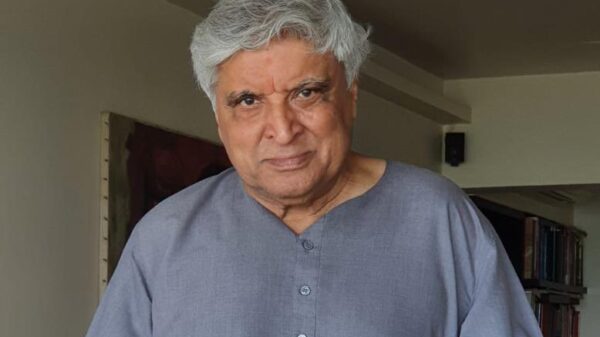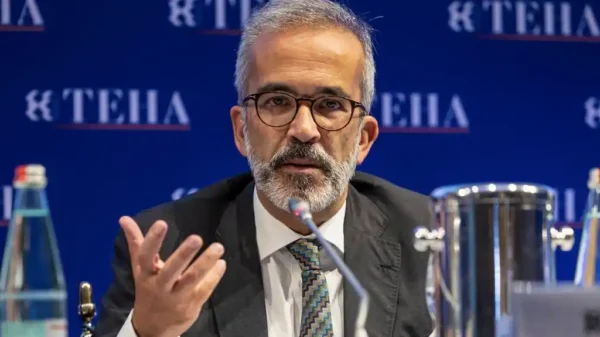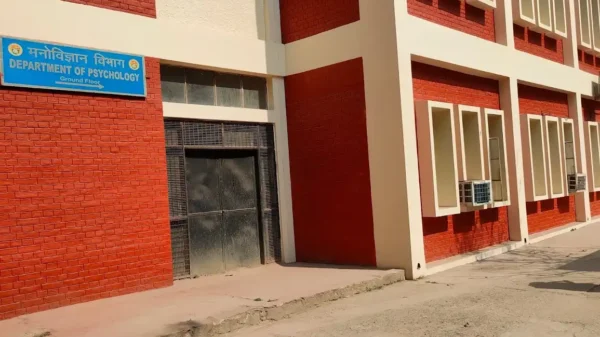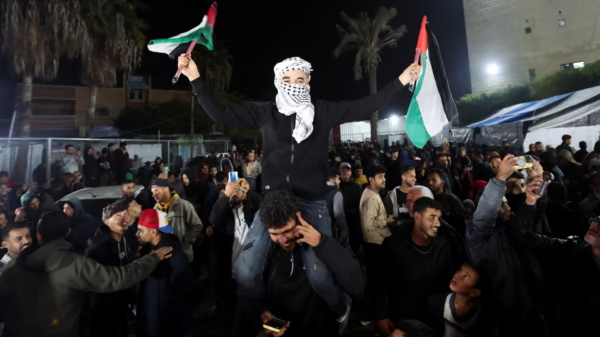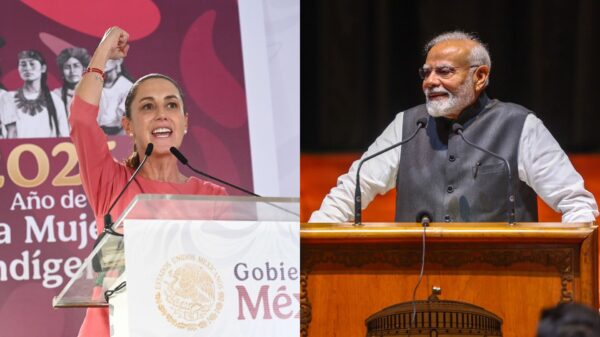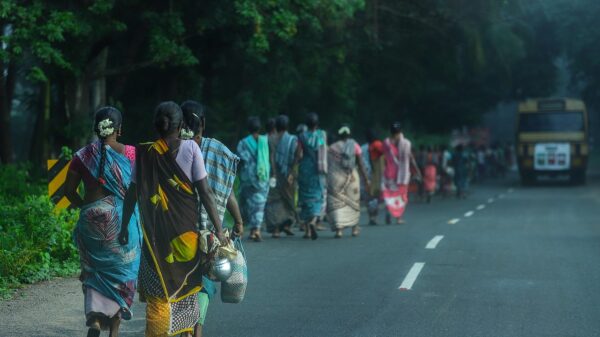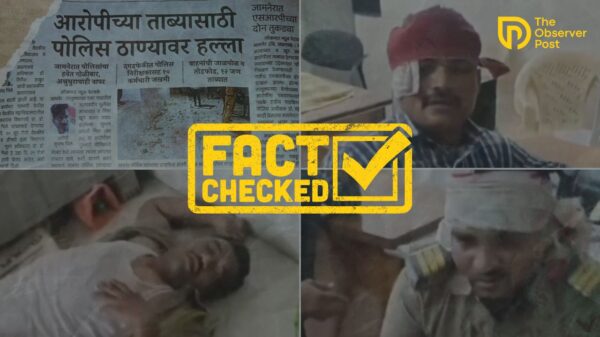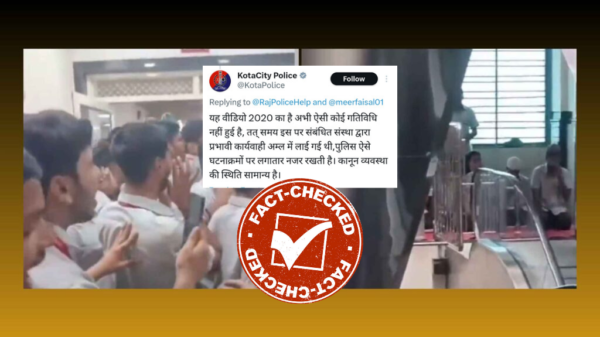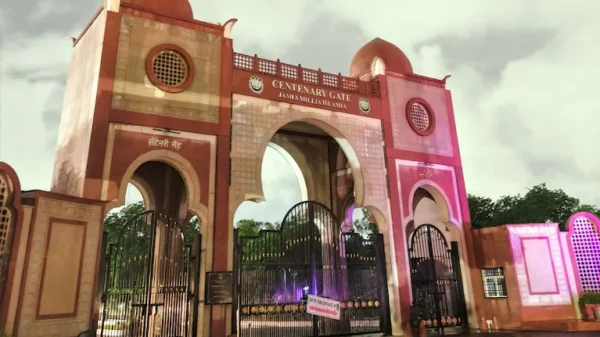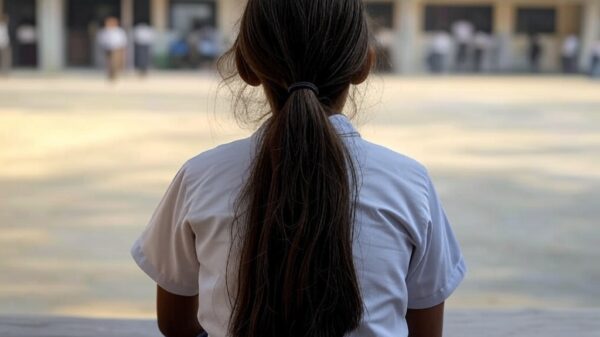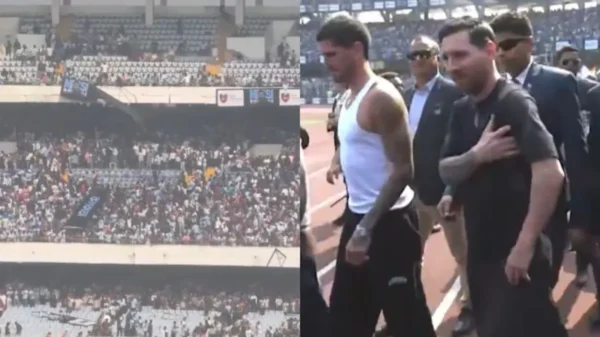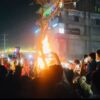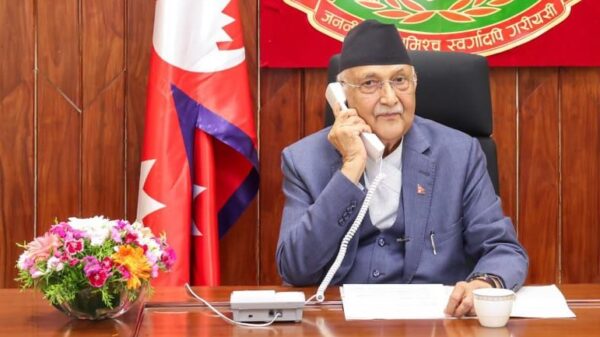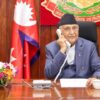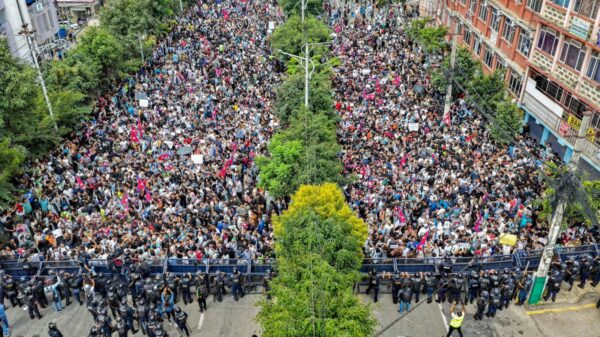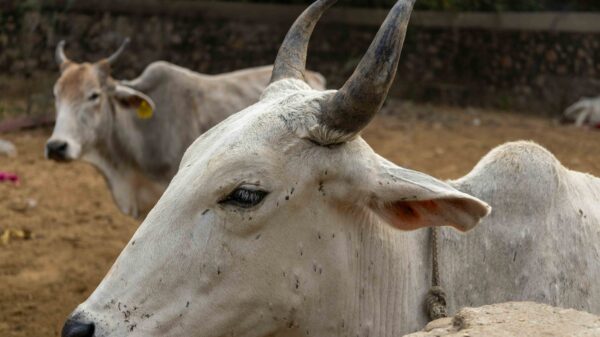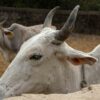Nepal got its 14th Prime Minister in Khadga Prasad Sharma Oli, on 15th July. The 72-year-old Oli took the oath as Prime Minister for the fourth time. Earlier, Pushpa Kamal Dahal “Prachanda” was the Prime Minister but after losing the trust vote, the 70-year-old Prachanda had to resign. Prachanda served as Prime Minister for the third time. After Oli took the oath, political circles and especially the media in Nepal began speculating that the country now has a stable government that could last until the next election in 2027.
This belief gained traction when it came to light that the government included three other parties, including Nepal’s two largest: the Nepali Congress (NC) and the Communist Party of Nepal (Unified Marxist-Leninist) CPN (UML). In addition, the government enjoys the support of two regional parties and two independents. In Nepal’s 275-member House of Representatives, the Nepali Congress has 88 seats, The Communist Party of Nepal (Unified Marxist–Leninist) (CPN-UML) has 79, the People’s Socialist Party (PSP) has 7, Loktantrik Samajwadi Party (LSP-N) has 4, and National Unity Party (NUP) has 4. All of these parties are part of the government, giving it the support of a total of 182 members.
Meanwhile, the Janmat Party, with 6 seats, Janata Samajwadi Party – Nepal (PSP-N), with 5 seats, and two independents are supporting the government from outside.
The most prominent opposition party is the Nepal Communist Party (Maoist Center), which has 32 seats. The Rashtriya Swatantra Party (RSP) holds 21 seats, the Rashtriya Prajatantra Party (RPP) has 14, the Communist Party of Nepal (Unified Socialist) CPN (US) has 10, and the AJP, NWPP, and RJM each have 1 seat. All of these parties are in the opposition, with a total of 80 seats.
The House of Representatives of Nepal is similar to the Lok Sabha in India. It has 275 seats, but not all of them are directly elected. Out of the 275 seats, 165 are directly elected, while 110 are indirectly elected.
Abdul Khan (37), a member of the House of Representatives from the Janmat Party and the youngest cabinet minister in the Prachanda government, explained that the Constituent Assembly in Nepal has a system of indirect voting for 110 seats to ensure that the oppressed and minority communities can get elected.
“This provision was intended for those with societal influence but who lack the resources to contest elections. However, it is unfortunate that the dominance of the wealthy is increasing in this system. The good news is that discussions are ongoing, and we are constantly raising this issue in the House of Representatives,” said Khan, who is supporting the Oli government from outside.
Mahendra Rai Yadav (72), Nepal Samajwadi Party’s national president, and member of the House of Representatives, expressed a similar view. He stated that until the direct election system is implemented for the 110 seats, a full majority government cannot be formed, and without a full majority government, political stability in Nepal will remain elusive. Yadav is among the seven parties, including the Nepal Communist Party (Maoist Center), in the opposition, led by Prachanda.
“Oli government will not be able to succeed,” said Yadav, a former cabinet minister.
The 208-year-old monarchy was abolished, and on May 28, 2008, the first Constituent Assembly declared Nepal a federal democratic republic. Following this, in the elections held afterwards, Nepal got its first Prime Minister in Prachanda. However, the coalition government formed on August 18, 2008, did not last even a year. Within just 280 days, the Prachanda government lost its credibility. Over the next 10 years, Nepal experienced a period of severe political instability.
On February 15, 2018, Oli became Prime Minister for the second time, and this government lasted for three years and 88 days, the longest-lasting government to date. However, Oli also failed to complete his five-year term. Now that Oli is Prime Minister again, people have high expectations of him. Representative Assembly member Khan believes this government will last until the next elections. If that happens, Oli will complete his second-longest term, which will be interesting to see how beneficial it will be for Nepal.
When Khan was asked about the other reasons for political instability in Nepal, he said that Nepal has a multi-party system, so people vote according to their convenience. While this is good for a democratic system, it poses a challenge for forming a stable government. Nevertheless, the will of the people is always respected. He further explained that the political and democratic awareness among the people of Nepal has not yet developed to the level seen in India. One reason for this is Nepal’s relatively new democracy.
Mahendra Rai Yadav, offering a slightly different perspective, said that the reason for Nepal’s unstable governments is not just a lack of public awareness. He believes that the older parties have failed to win the trust of the people, which is why voters are placing their trust in regional parties.
“People know that regional parties will be the first to reach them in times of need,” said Yadav, adding that the government was formed hastily, at midnight, without proper consultation. ” This government won’t last long.”
It is estimated that by the end of 2024, Nepal’s Gross Domestic Product (GDP) could reach $127 billion as per news reports. However, both Khan and Yadav agree that political instability has a significant impact on the economy. According to the World Economy Index, Nepal is ranked 101st among the world’s wealthiest countries.
Mirza Taiyyab Ahmad, editor of the weekly magazine Kanti, says Nepal, divided into seven provinces, bordering the world’s two largest countries, India and China, and rich in cultural history dating back thousands of years, is currently looking for a stable government.
Ahmed says there was a time when Nepal had a monarchy, and for decades there was no need to worry about who would decide the direction of the country. However, today under the democratic system, no leader has been able to stay in power for a full five years. To strengthen the democratic framework, Nepal must address issues such as ensuring the effectiveness of the judiciary, the Election Commission and other constitutional bodies, and encouraging civic management such as empowering citizens and civil society.


